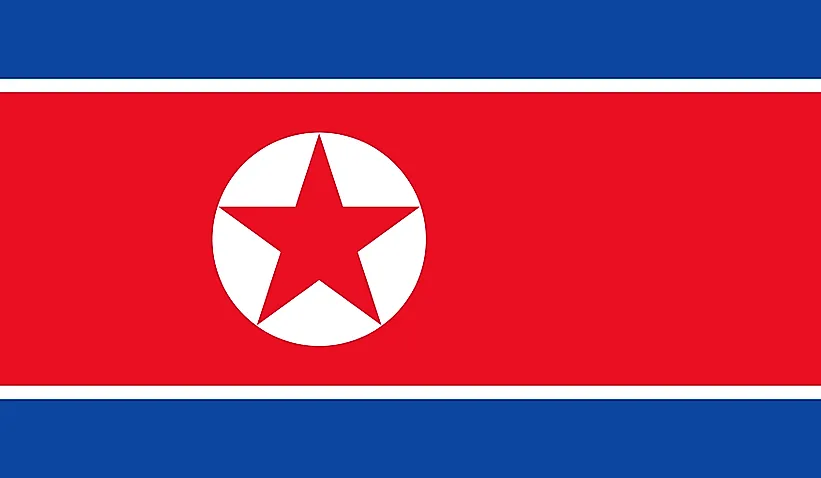
North Korea
| Continent | Asia |
| Capital | Pyongyang |
| Population | 25,115,311 |
| GDP | $40.00 Billion |
| GDP per Capita | nan |
| Dialing Code | +850 |
| ISO Code (2-letter) | KP |
| ISO Code (3-letter) | PRK |
About North Korea
Welcome to the Democratic People’s Republic of Korea (DPRK), commonly known as North Korea, a nation where traditional Korean culture meets unique social organization. With approximately 25.5 million people occupying 120,538 square kilometers, North Korea combines remarkable geographical features with distinctive cultural practices.
Geographic Features and Natural Beauty
North Korea’s geography encompasses dramatic diversity, from the Baekdu Mountain range to the coastal plains. The country features rugged mountain terrain, with about 80% of its territory covered by mountains and uplands.
The landscape includes Mount Paektu, an iconic volcano on the Chinese border, numerous rivers including the Yalu and Tumen, and scenic coastlines along both the Yellow Sea and Sea of Japan. The country’s varied topography creates distinct climate zones supporting diverse ecosystems.
Protected areas include Mount Kumgang Tourist Region and various nature reserves protecting unique landscapes and wildlife. The country’s environmental management focuses on forest restoration and natural resource conservation.
Cultural Heritage and Traditions
North Korean culture represents a continuation of traditional Korean customs within a distinctive social framework. The country’s heritage includes ancient Korean traditions, particularly in architecture, arts, and social customs.
Traditional arts include Korean painting, calligraphy, and distinctive performing arts. Music and dance remain important cultural expressions, while mass games and collective performances demonstrate unique organizational capabilities.
North Korean cuisine maintains traditional Korean elements, featuring dishes like kimchi, cold noodles (naengmyeon), and various rice-based meals. The tradition of collective activities and social harmony remains central to daily life.
Historical Journey
North Korea’s history spans from ancient Korean kingdoms through Japanese colonization to its establishment in 1948. The country’s development has been shaped by significant historical events.
Significant periods include the Three Kingdoms period, Goguryeo civilization, Japanese colonial rule, division of Korea, the Korean War, and subsequent independent development. The country’s historical experience continues to influence its national identity.
Modern Economic Landscape
Today’s North Korean economy focuses on self-reliance and industrial development. The country has developed capabilities in various sectors while maintaining a centrally planned system.
Recent initiatives focus on economic zones, technological development, and infrastructure improvement. North Korea’s mineral resources and industrial base provide potential for development.
International Relations and Global Position
North Korea maintains its own diplomatic approach while engaging in international dialogue. The country’s strategic position and unique political system influence its international relationships.
Did You Know?
• The Pyongyang Metro is one of the deepest subway systems in the world?
• Mount Paektu is considered the sacred birthplace of Korean civilization?
• The country has a unique calendar system counting years from 1912?
• The Arirang Mass Games hold the record for the largest gymnastics display?
Conclusion
North Korea represents a unique combination of traditional Korean culture and distinctive social organization. From its mountain ranges to its coastal plains, from its traditional arts to its collective achievements, North Korea continues to maintain its distinctive character. As it addresses various challenges, North Korea remains focused on its path of self-reliance while preserving its cultural heritage.





